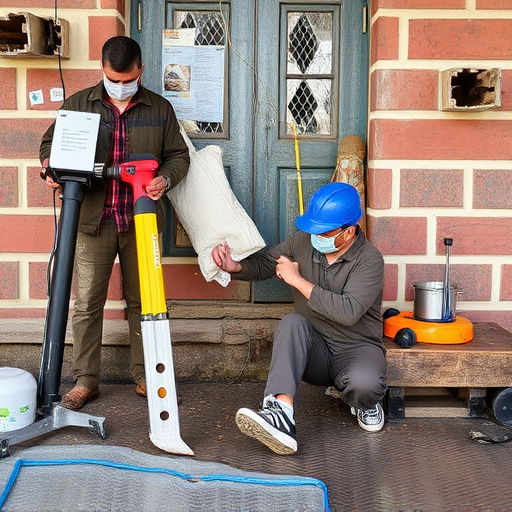Regular home repairs focusing on appliance cord inspections are crucial for preventing electrical fires and ensuring safety. By checking for damage like frayed insulation, exposed wires, or loose connections, homeowners can quickly address issues and reduce fire risks. Neglecting cord maintenance leads to compromised safety, potential short circuits, and fire hazards. Embracing routine cord checks as part of home repairs is an effective way to maintain a secure living environment by mitigating electrical dangers.
Appliance cord inspections are an essential component of home repairs, preventing electrical fire hazards. Understanding the risks associated with damaged or defective cords is crucial. This article guides you through identifying common signs of wear and tear, conducting basic inspections, knowing when to replace cords, and implementing preventative measures for long-term safety. By following these tips, you can significantly reduce the risk of electrical fires in your home.
- Understanding Electrical Fire Hazards in Your Home
- The Role of Appliance Cord Inspections
- Common Signs of Damaged or Defective Cords
- How to Conduct a Basic Cord Inspection
- When to Replace an Appliance Cord
- Preventative Measures for Long-Term Safety
Understanding Electrical Fire Hazards in Your Home
Electrical fires are a significant home safety concern, often stemming from faulty or damaged appliance cords. These fires can be devastating and even life-threatening. By understanding electrical fire hazards, homeowners can take proactive steps to prevent such disasters through regular home repairs and maintenance.
Regular inspections of appliance cords are crucial components of general home upkeep. Look for signs of wear and tear, such as frayed insulation or exposed wires. These issues can lead to arcing and sparks, which are the primary causes of electrical fires. Addressing these problems promptly through minor home repairs can save you from costly damages and potential injuries caused by electrical malfunctions.
The Role of Appliance Cord Inspections
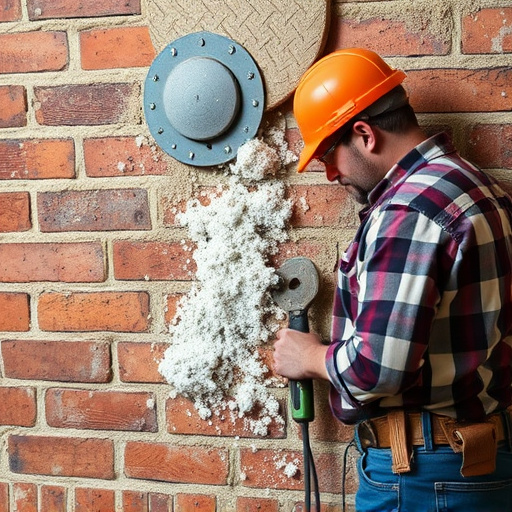
Appliance cord inspections play a pivotal role in home repairs, acting as a proactive measure against electrical fire hazards. Regular checks ensure that cords are in good condition, free from damage, and properly routed to prevent tangling or compression. This is particularly crucial for high-use appliances like stoves, refrigerators, and washing machines, which often run continuously and are subject to wear and tear.
By inspecting appliance cords, homeowners can quickly identify frayed insulation, loose connections, or other defects that could lead to arcing and sparks, resulting in fires. Addressing these issues promptly through home repairs not only enhances safety but also extends the lifespan of appliances by preventing sudden failures. Regular cord inspections are an easy, cost-effective step towards maintaining a fire-safe living environment.
Common Signs of Damaged or Defective Cords
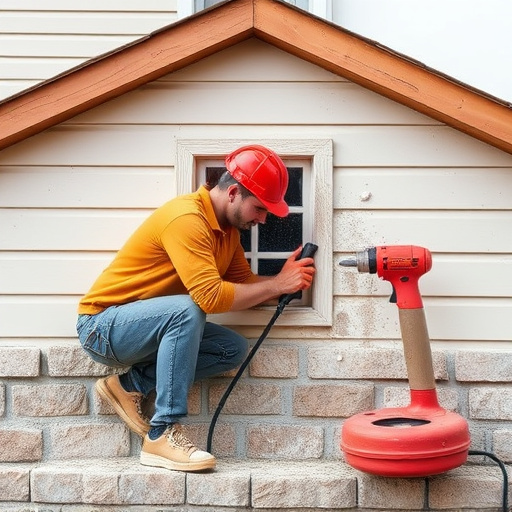
Damaged or defective appliance cords can pose significant electrical fire hazards, making regular inspections a crucial part of home repairs. Common signs of cord damage include fraying, cuts, cracks, or exposed wires. If you notice any of these issues, it’s essential to unplug the appliance immediately and replace the cord or the appliance itself.
Over time, cords can become frayed from routine use, especially in high-traffic areas. Even small tears can create an electrical risk by allowing moisture to get to the conductor, potentially causing a short circuit. Additionally, if an appliance has been moved frequently or dropped, its cord might have sustained internal damage that isn’t immediately visible. Regular cord inspections during home repairs can help identify these issues before they lead to dangerous situations.
How to Conduct a Basic Cord Inspection
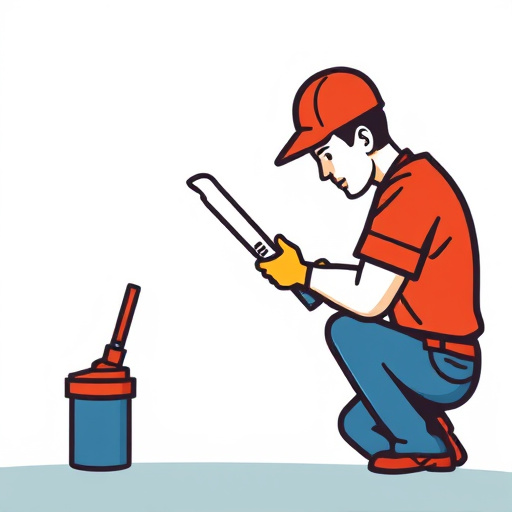
Conducting a basic cord inspection is a crucial step in maintaining your home’s safety and preventing electrical fires. Start by examining the appliance cord for any visible damage, such as fraying or exposed wires. Check for signs of wear and tear, especially at points where the cord connects to the appliance or wall outlet. Look for cracks, cuts, or uninsulated wires—any of these could lead to a potential shock hazard or electrical fire.
Next, ensure that all cords are securely plugged into outlets designed for their use. Check for loose connections and tighten them if necessary. Verify that the cord is properly routed away from heat sources, sharp corners, or areas prone to tripping. Also, inspect for excessive warmth during operation—if a cord feels abnormally hot, it could be a sign of internal damage or overloading. Regularly performing these simple checks as part of your home repairs can significantly reduce the risk of electrical-related accidents.
When to Replace an Appliance Cord
If your appliance cord is old, frayed, or damaged in any way, it’s time to consider a replacement. While it might seem like a simple task, neglecting to replace faulty cords can lead to serious electrical hazards and even fires. Over time, cables can suffer wear and tear from normal use, exposure to moisture, or being stepped on, all of which compromise their integrity.
During home repairs or maintenance checks, take the time to inspect your appliance cords. Look for any signs of damage, such as cracks, breaks, exposed wires, or excessive fraying. If you notice any issues, don’t delay; replace the cord promptly to maintain a safe living environment and prevent potential electrical disasters.
Preventative Measures for Long-Term Safety
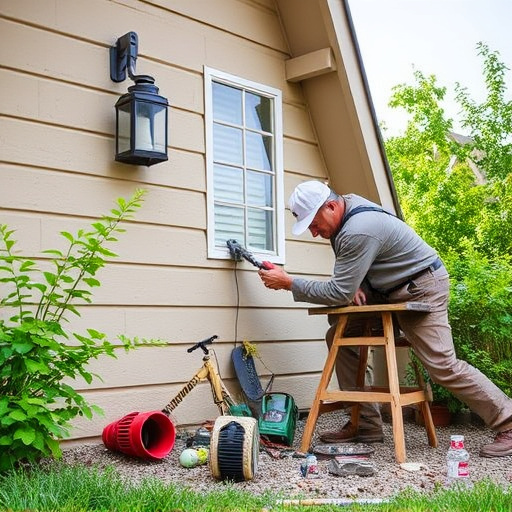
Regular appliance cord inspections are an integral part of long-term home safety. When conducting these checks, look for any signs of damage, such as fraying, cuts, or exposed wires. If a cord is damaged, it should be replaced immediately to prevent potential electrical fires and other hazards.
As part of routine home repairs, consider the following preventative measures: keeping cords out of high-traffic areas, securing them with ties or clips to avoid tripping hazards, and ensuring proper ventilation around appliances. Regular maintenance not only prolongs appliance life but also significantly reduces the risk of electrical failures that could lead to dangerous situations.
Regular appliance cord inspections are essential home repairs that can significantly reduce electrical fire hazards. By understanding common signs of damaged or defective cords and learning how to conduct basic inspections, you can ensure the safety of your home and family. Preventative measures, such as timely cord replacements, play a crucial role in mitigating risks associated with aging appliances. Incorporating these simple yet effective practices into your routine home maintenance can make all the difference in creating a safer living environment.
